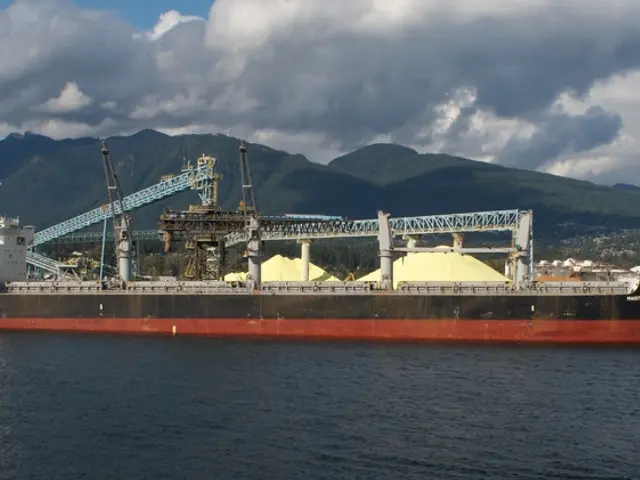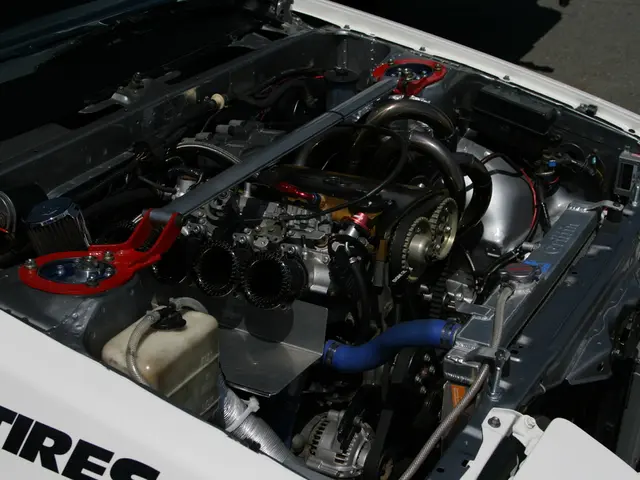Venetian Engineer Devises Method to Lift City by 30cm
In a quirky yet innovative twist, Italian engineer, Professor Pietro Teatini, suggests our beloved city of Venice should undergo an unusual treatment - a temporary lift through the intrusion of saltwater deep beneath the surface. This relatively unconventional approach could offer Venice a breath of respite for approximately two to three decades, according to Bild's report.
The method mimics technology utilized in northern Italy for gas storage, where underground facilities fill in the summer, causing a slight uplift, and deplete in winter, resulting in a sinking effect. In Venice's case, instead of extracting water, the aim is to pump it back in, explains Teatini.
The strategy involves drilling around ten special wells within a 10-kilometer perimeter around Venice. This process is anticipated to gradually elevate the ground level, with the help of a thick clay layer beneath the lagoon, preventing water from breaking through to the surface. To ensure safety, the city's rise will be limited to a maximum of 20-30 centimeters to prevent any underground tremors.
Instead of sinking, the city would "float" on a soft water cushion, while the surrounding land remains stable. Compared to the expensive €6 billion spent on the MOSE barriers, Teatini's method could be significantly more cost-effective, with a test project expected to cost around €30–40 million.
However, the salt water injection method is not without risks. Injecting water too quickly or under high pressure could potentially lead to dangerous fractures in the ground. Moreover, a maximum elevation gain of 30 centimeters only offers a temporary solution. A more drastic strategy will still be required in the long run.
Other solutions being considered include the operational MOSE barriers, adaptive urban planning strategies, such as elevating buildings or creating floating structures, and climate change mitigation by reducing greenhouse gas emissions to address the root cause of sea level rise.
Ultimately, the salt water injection method offers a temporary and potentially cost-effective solution for Venice, but further research and careful management are essential to ensure the city's safety and durability. When compared to other solutions, it provides a unique approach to buying time for more radical strategies, while carrying some calculated risks to safeguard the future of the iconic city.
- Teatini's proposed method involves the use of technology to pump water back into Venice's lagoon, which is similar to techniques used in northern Italy for gas storage, making it an innovation rooted in environmental science.
- In contrast to the €6 billion spent on the MOSE barriers, Teatini's method, though not without risks, is anticipated to be significantly more cost-effective, with a test project estimated to cost around €30–40 million, positioning it as a potentially viable temporary solution in the face of climate-change-induced sea level rise.




